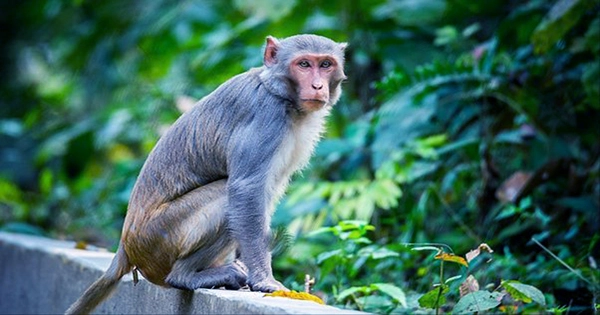There has been mayhem in Borneo, Malaysia after it was found that a probosci’s monkey and a silvery langur have bred a novel hybrid. The “mystery monkey” is the offspring of two distantly related species who now share a habitat and may be vying for resources as a result of human interference. Although wild animal hybridization is not uncommon, the authors of recent research published in the International Journal of Primatology state that the marriage of species so distantly related is unusual. Photographs of cross-species mating and an adult female hybrid with her own kids are among the evidence confirming the species’ merger.
The probosci’s monkey Nasalis larvatus and the silvery langur Trachypithecus cristatus are thought to be the parents of the “mystery monkey” hybrid. Both are supposed to fight for forest land in the Lower Kinabatangan Wildlife Sanctuary in Sabah, Borneo. COVID-19 forced researchers to use a different strategy to investigate the monkeys, as they were required to remain at a safe distance. Instead, scientists looked for hints about the monkeys’ lives, looks, and connections in an image database of photos shot within the sanctuary.
The hybrid was originally discovered as a youngster in the picture book, but with newer photographs offering more details, they discovered proof that she had grown up and potentially even had a child of her own. The “putative hybrid,” as the research authors fondly refer to her, possesses features that are halfway between N. T. larvatus and both her colour and limb proportions are cristatus. Both species are known to congregate in mixed groups in the region, and have even been photographed mating, indicating that the stage was set for a monkey mash-up.
While picture proof of the hybrid cradling a newborn while presumably lactating suggests she’s fertile, the writers are concerned that her presence is a product of human growth and may endanger the species’ survival. Because of the fragmentation of these animals’ habitat due to forest conversion along the Kinabatangan River, they may now be competing species sharing limited resources. The concern is that this might lead to N. larvatus males kicking smaller male T. cristatus out of their groups, eventually leading to their extinction in the area. Once the constraints around COVID-19 are eased, the researchers plan to use fecal samples to confirm the female hybrid’s identity in future studies. They might be able to nail down her genetic composition once and for all using this non-invasive method.















